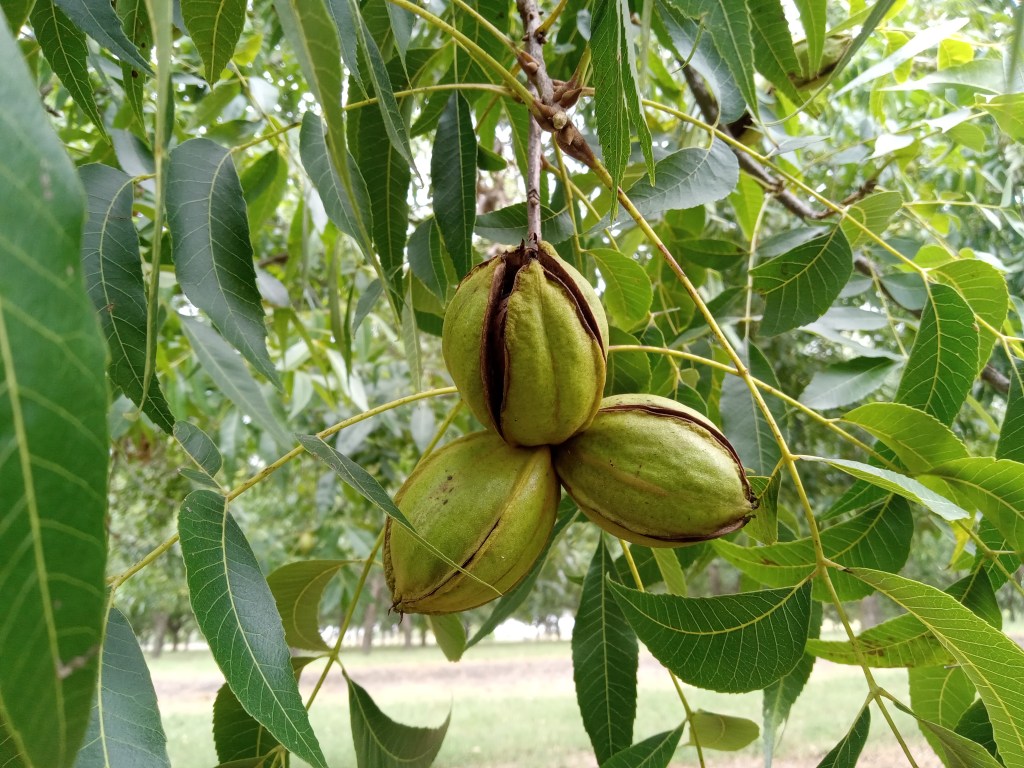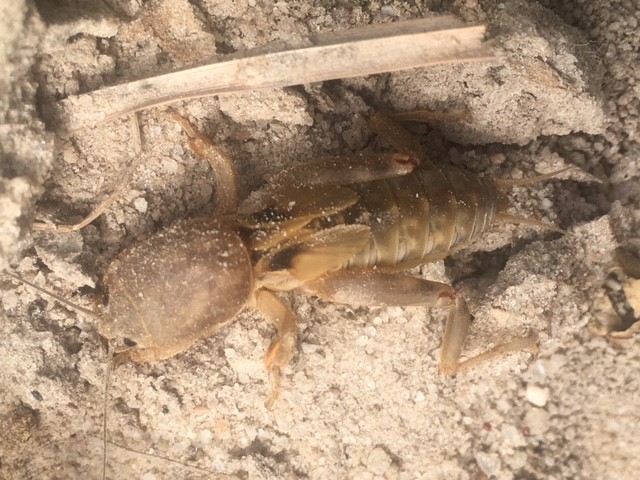Check out the new rainfall calculator on the Clemson Weather website. This feature calculates the amount of rainfall received in a particular location over a specified time.
Be sure to scroll all the way to the bottom to see this week’s Question of the Week, and check back on Thursday for the answer!
Coastal Region
Zack Snipes reports, “We have had absolutely beautiful weather as of late. This past week agents were busy harvesting sweet sorghum to make into syrup, to distill, brew, and pop (sorghum popcorn). This old timey tradition is once again gaining traction throughout South Carolina. We are looking at varieties and horticultural characteristics of the crop as well as how to expand the use of the product into local specialty items. In our variety trials, the variety Dale was harvested first as the brix levels were around 17-18. The final syrup product after cooking was around 76-78 brix. “


Midlands
Justin Ballew reports, “It’s been another beautiful fall week here in the Midlands, though we haven’t seen tons of sunshine. We received a little over an inch of rain Wednesday. The cooler temperatures and cloud cover we’ve had has slowed down the growth of our fall crops. Strawberry planting began this week for some folks, while others are still waiting for plants to arrive. For those who end up receiving plants late, consider using row covers for a couple weeks after the plants are established to push the growth a little bit. Pecans are coming along well. We lost a few nuts to Hurricane Ian, but I’d estimate no more than 5-10%. Now we are seeing the shucks split and mature nuts starting to fall.”

Philip Carnley reports, “Strawberry transplants are starting to work their way into the hands of growers here in Orangeburg and Calhoun and a few people have planted a few early varieties to hit the fall market. Before planting make sure to inspect plants for any disease issues and for unwanted insect pests, especially cyclamen mites. If you were late on your fumigation also check the levels of residual gas under the plastic before transplanting.”

(P. Carnley)
Pee Dee
Bruce McLean reports, “Strawberry plants are here! Growers are starting to get their plants, and planting is happening at a pretty steady pace. So far, the plants look good. We’re still within a good planting window, but don’t delay on getting them planted. Performing a root dip (with a labeled phosphorous fungicide or a product like Switch) is advised, to ensure as clean a start (from disease) as possible. It would be worthwhile to sacrifice a few weak plants to scout for mites, both spider mites and Cyclamen mites… you’ll need some magnification especially for the Cyclamen mites. Some primocane blackberries are being picked in the western portion of the Pee Dee. The quality is very good. Blueberries are showing some leaf spot… heavy pressure in some areas. Don’t forget to scout and manage your blueberries even in the offseason. Vegetable crops are looking good. Starting to see some caterpillar pressure on brassicas. Be sure to scout your fields often. Some niche specialty crops, like sugarcane, ginger, turmeric and shiitake mushrooms, are being harvested.
Right now is a good time to perform soil sampling for your spring crops and your perennial fruit crops. On intensive agricultural production, I always recommend taking annual samples, around the same time of the year. This allows you to establish a baseline for nutrients and pH in all of your fields. Once you begin to understand how each one of your fields react to your nutrient application and lime application, then you can begin making predictive calculations on how to improve your fertilizer and lime applications, thereby reducing input cost and maximizing yield. This applies to perennial fruit crops, as well. Much of our soil around the Pee Dee is deficient in potassium. Research has shown that timely applications of potassium in the fall does improve overall health and vigor in small fruits. And there is some anecdotal evidence that suggest that fruit quality and yield is improved, as well.”



Question of the Week
For this week’s question, take a look at the photo below. What is this cool-season weed coming up in the row middles of a fall kale field?

Answer in the comments below and check back on Thursday to see the answer.